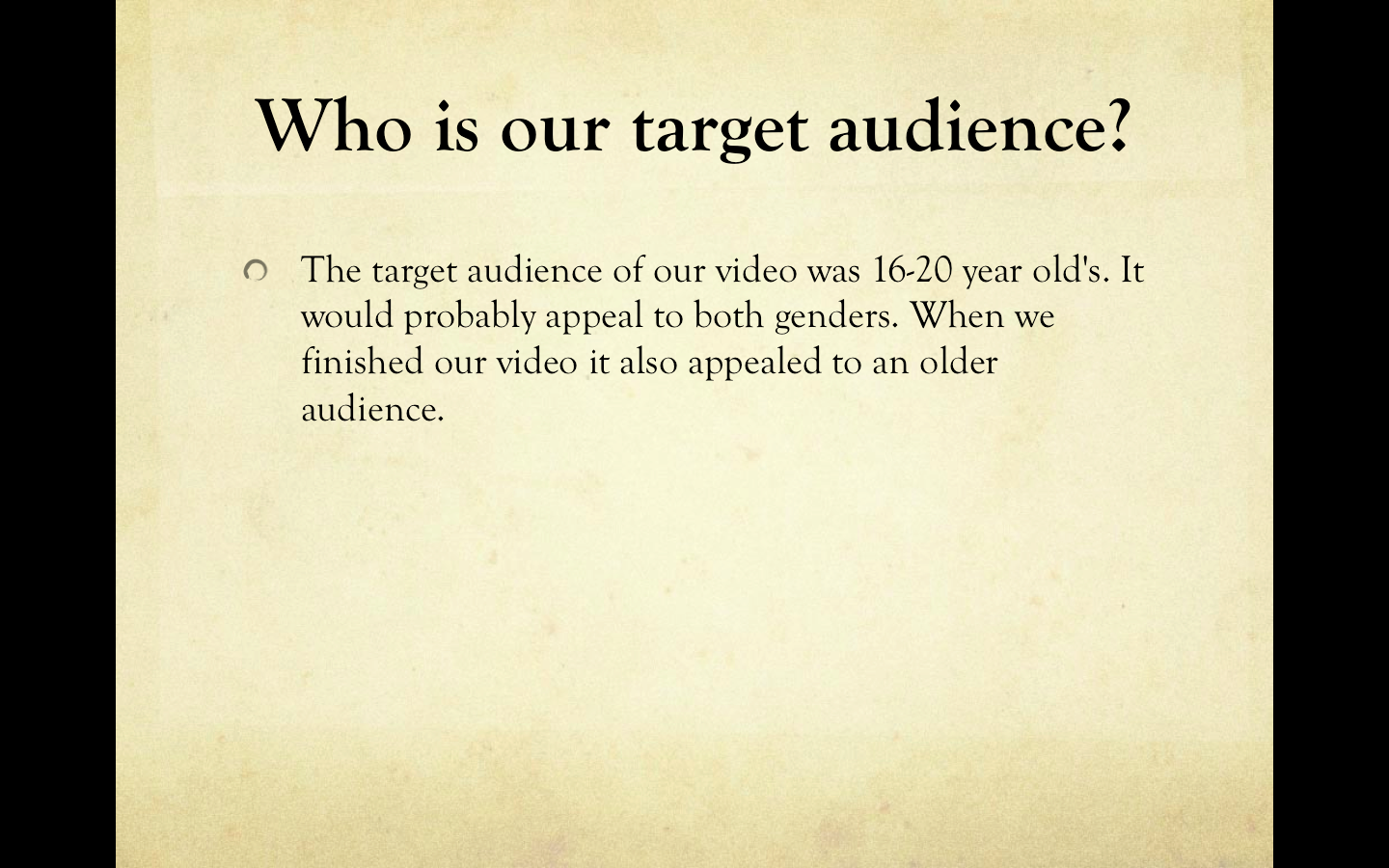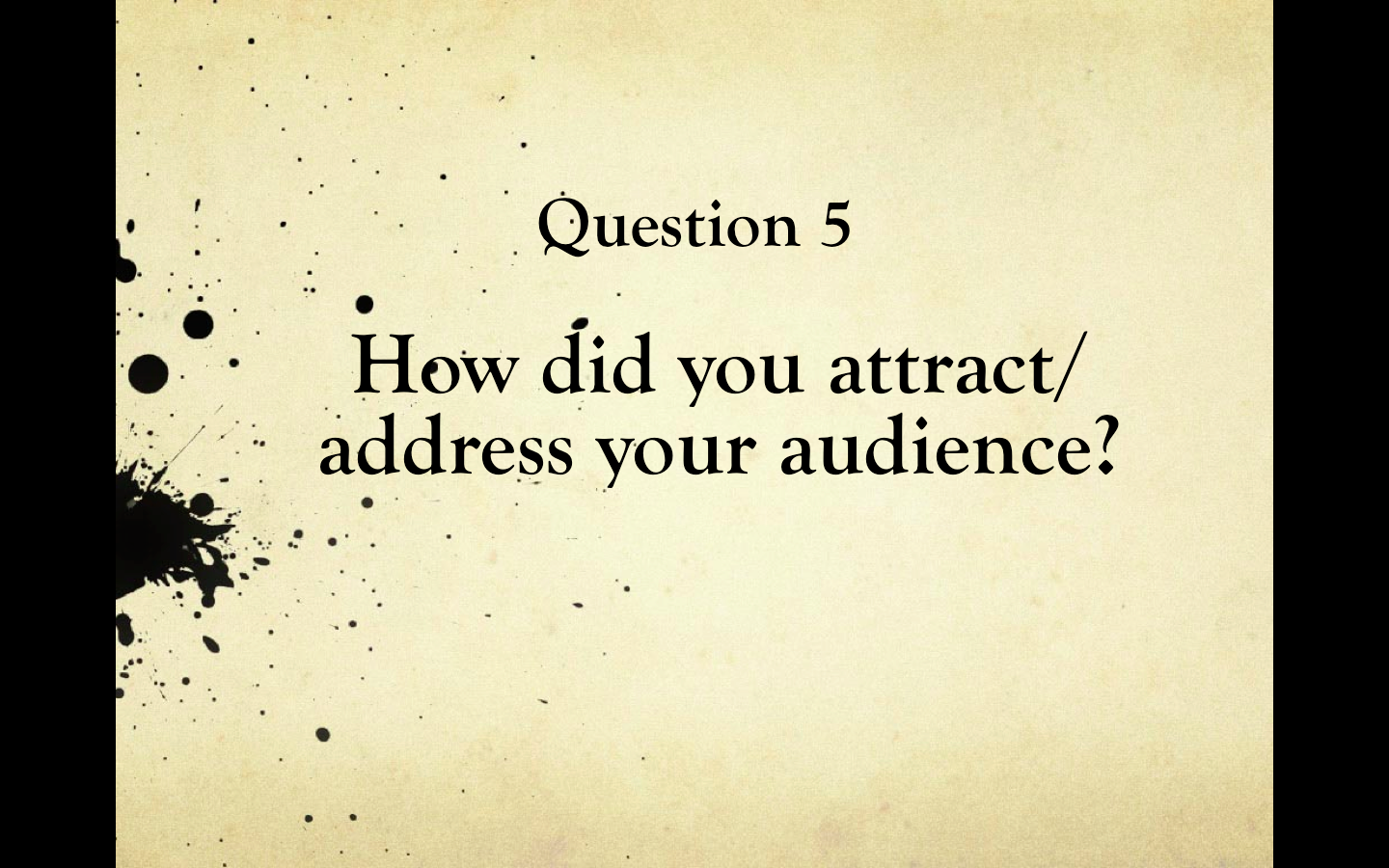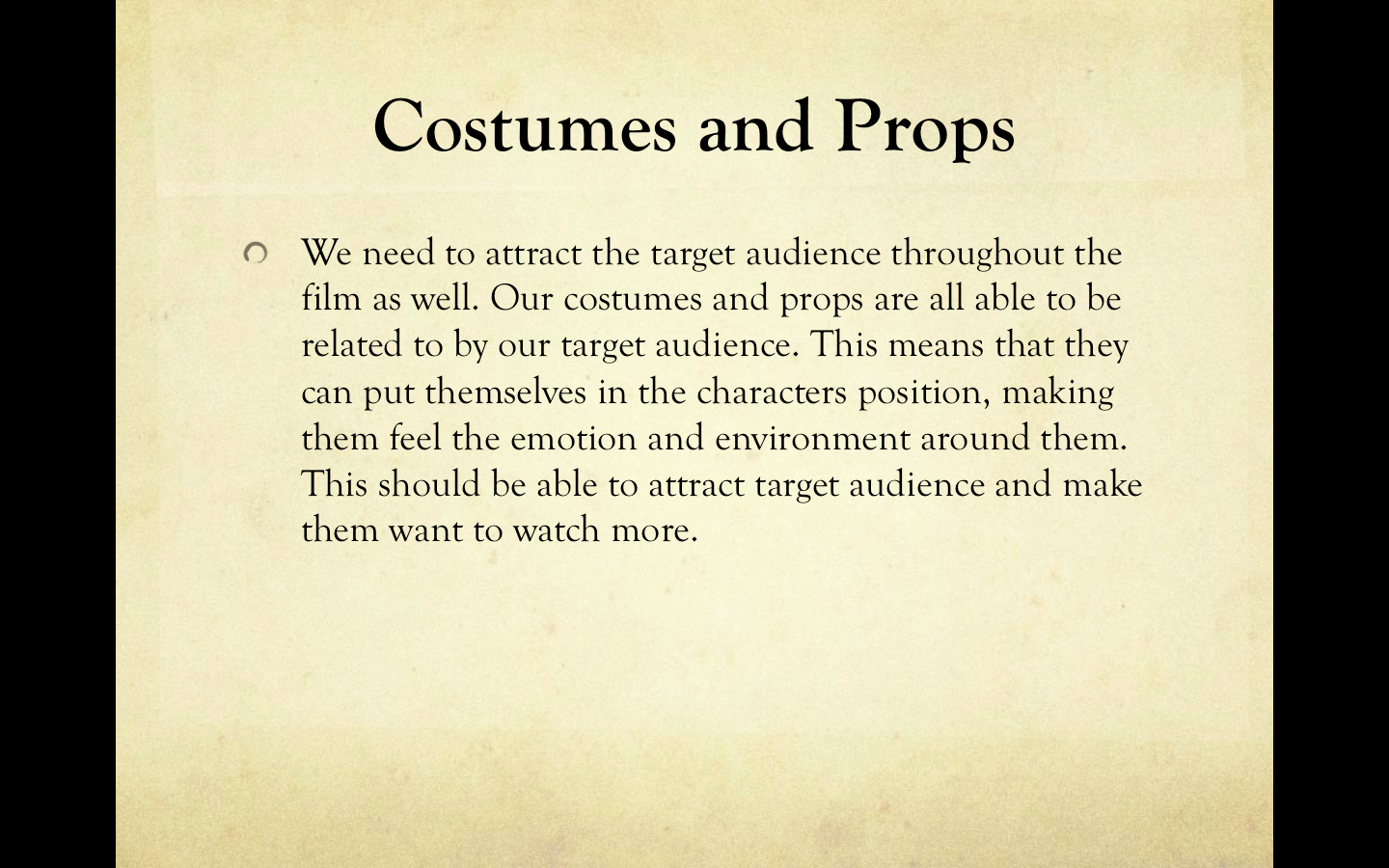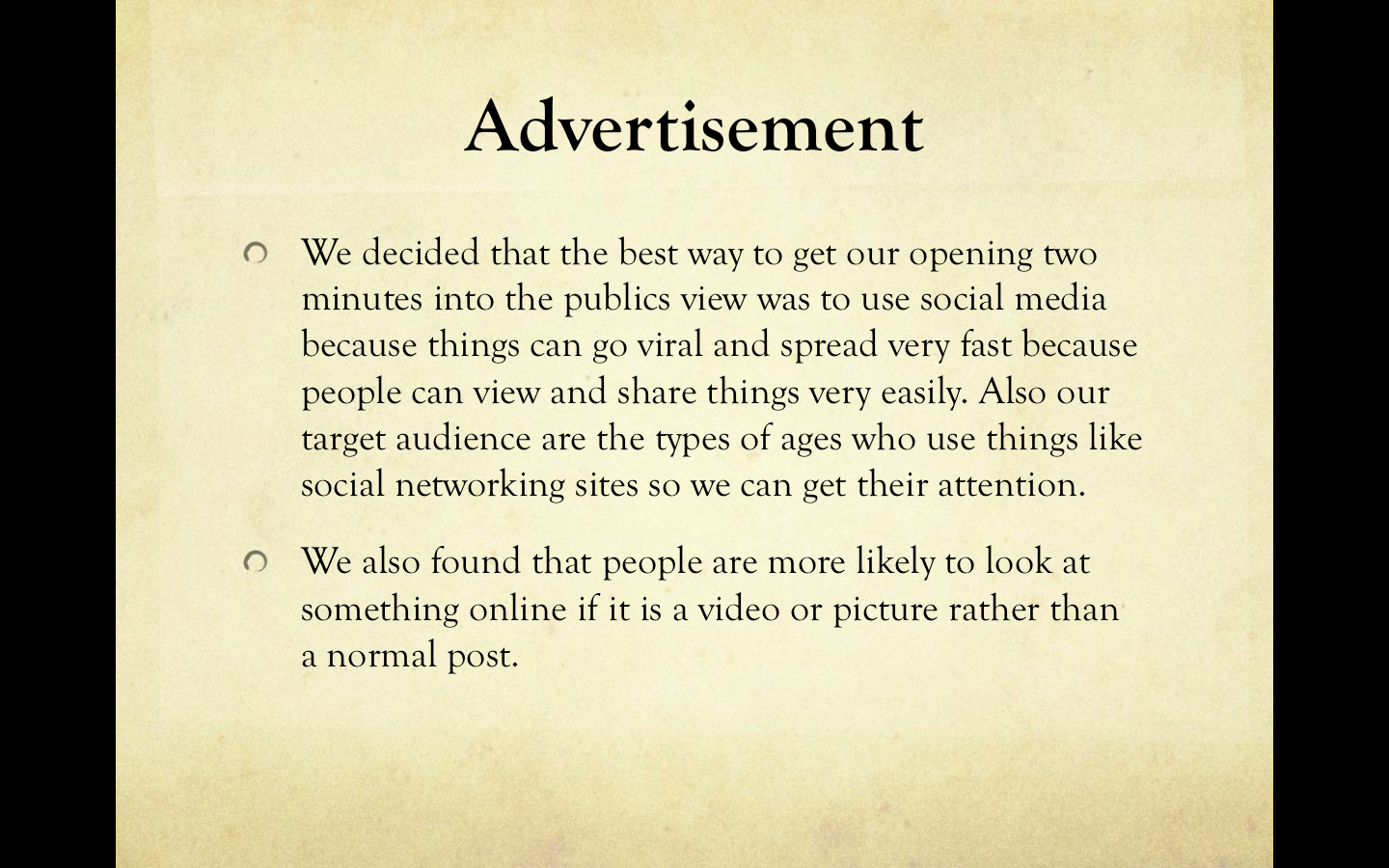This is the final cut of our coursework and there are quite a few things that changed after the rough cut. The most important thing we needed to change was to get the time down to just 2 minutes. Due to an inconvenience of deleting the rough cut from premiere pro, we had to start editing the video from the beginning which made it possible to be more restricted with the footage. We shortened the opening clips showing bits of the house from 29sec to 12sec and got rid of the black slides between the clips. We then tried to cut out unnecessary bits out of the conversation and soon got down to 2:08.
The video needed a bit of colour correction to make it look more airy and to fit the old house and the location. We put an effect of an old broken tv on top of the scene of the moving horse and looked for a fitting sound effect to create a mysterious vibe. The created distortion at the end of the opening scene is done by putting the same footage twice on top of each other with one of them slightly moved to the right, and a greenish filter on top, which makes it look more mysterious.
We then searched for some old music to cover the scenes that don't have any dialogue, used two different typewriter fonts for the credits and used the same font for the title at the end.












